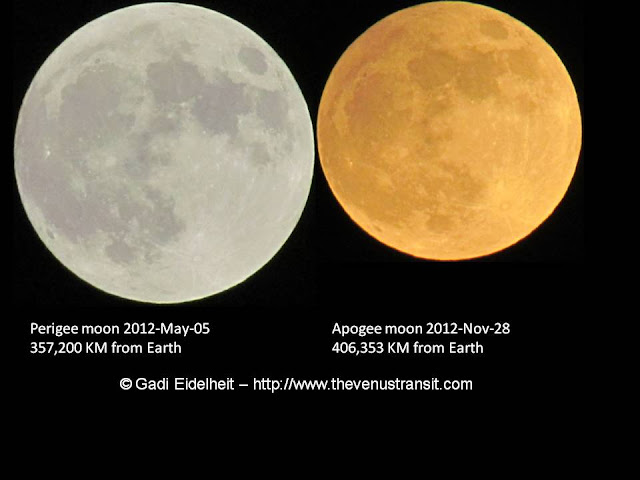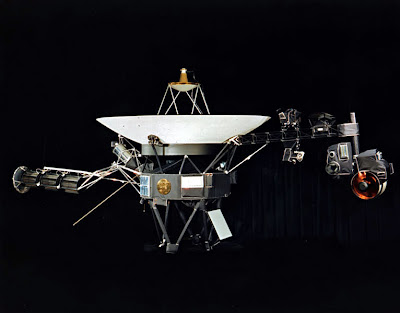Hi all,
This is the week that for the last eight years, astronomers all over the world have waited for. After this week we will wait another 105 years, before the rare celestial event of
Venus Transit will happen again. It is only suitable for "The Venus Transit" site to host the "Carnival of Space" in this special week. The site began as a dedicated site to the Venus transit but become my site for general astronomy articles, please browse and enjoy it. The best place to start is with the
Venus Transit FAQ!
Also, I will be happy to receive reports of your observations and I encourage everyone who has a solar telescope to organize a public event in his local town or school. You can publish your event in advance, or just stand in a public place with your telescope and offer people to look. I am organizing such observation at my home town: "Givat Shmuel" and I hope that many will attend.
Many "Carnival of Space" writers sent articles about Venus, please read them:
Amy Shira Teitel from
Vintage Space writes a fascinating article about a
manned mission to Venus. When NASA had a bottomless budget, nerves of steel, and surplus Apollo
hardware, Venus became a popular target. In 1967, the space agency
entertained the possibility of sending men on a Venus orbital mission.
Ian Musgrave from
Astroblog sends detailed instructions on how to
project the Venus transit through binoculars. Make sure you read the instructions carefully, and remember never to look directly at the sun.
If you need a little rest from reading, turn up your speakers and listen to the following
Venus transit podcast from Steve Nerlich the editor of
Cheap Astronomy.
Looking for information on how to view Tuesday's Transit of Venus? Ray
Sanders at the "
Dear Astronomer" blog has a
quick "transit guide" round-up.
Astronomers around the world are planning observations, and one
team is traveling to Easter Island in an attempt to reproduce the
measurements first made/proposed by Edmund Halley. Ray Sanders describe how you can
help astronomers collect Venus transit data!
Follow
Links Through Space in their journey to capture the Transit of Venus.
Astronomy Club Toutatis visit Enontekiö, Lappland to photograph the event and enjoy the last transit of Venus of our life time.
If you had enough from Venus, lots of other things are happening in the astronomy and space industries. Please read on to be updated on the recent news items.
Charis Dann from
weirdwarp summarize
Space X mission to the ISS.
Brain Wang from
Nextbigfuture takes us into the future of Space-X and writes
about the
upgraded Falcon 9 v1.1 rocket which will be more powerful and provide better abilities and maybe manned missions as well to the ISS.
And for a little detective story from Nancy Atkinson and
UniverseToday. Astronomers and students from the University of Minnesota hoping to search
for radiation left over from the Big Bang instead spent several days
last week looking for their telescope – a 6,000 lb (2729 kg) behemoth of
a science experiment.
Just how does a telescope that big go missing?
Paul Gilster from
Centauri Dreams looks at the question of
whether our civilization would be detectable from another star, assuming a level of technology not much
higher than our own. The upcoming "Square Kilometer Array" (SKA) may help make
detecting other civilizations more likely, but will it be as powerful as
some proponents suggest?
Paul Scott Anderson from
the Meridian journal moves our focus to our outer planet neighbor Mars. The idea that Mars used to be a “water world” and sort of like a smaller version of Earth in many ways is now pretty much accepted among planetary scientists; the debate continues however as to just how wet it was and for how long. The answer has direct implications for the possibility of life ever having started there. Two more pieces of the puzzle now suggest, or reinforce the notion,
that Mars was indeed a much wetter place than the cold, dry desert we see today.
Mike Simonsen from
Simostronomy gets several astronomy magazines, but one of his favorite guilty pleasures in life is the time he spends every other month with the Journal of the British Astronomical Association. Mike says that it is so well done it is worth the price of BAA membership just to get this journal. Mike sends a
poem dedicated to paper in general and to the JBAA in particular.




















